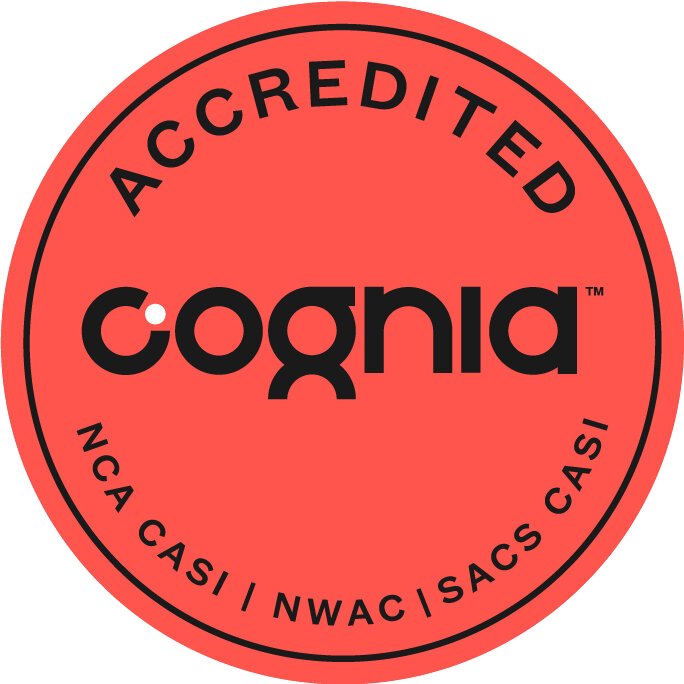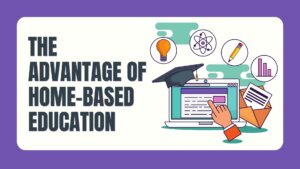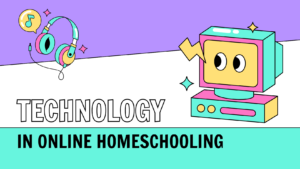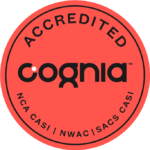In the wake of the pandemic’s educational upheaval, a significant portion of students are now embracing the flexibility of remote and hybrid learning models, despite the reopening of schools for full-time physical attendance.
This trend underscores the persistent challenges inherent in traditional classroom structure settings—challenges that online learning platforms like Ideal School are innovatively addressing.
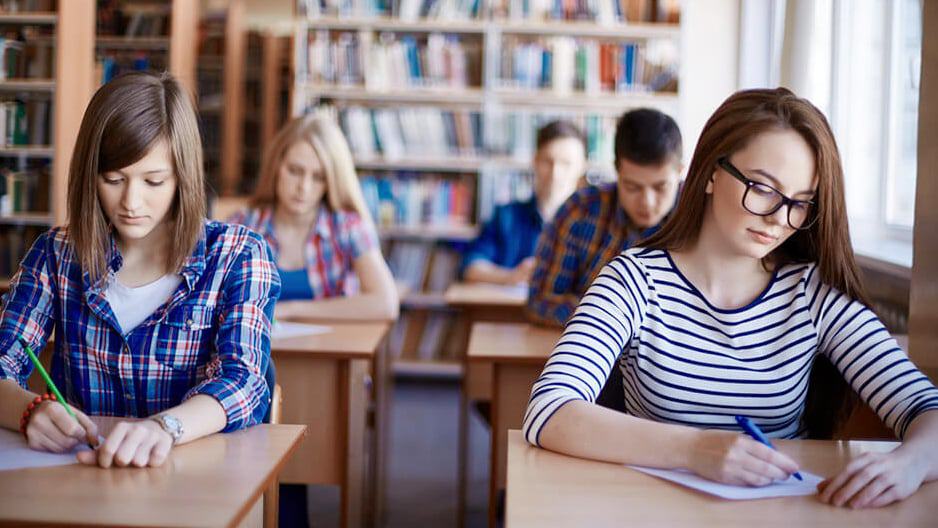
Table of Contents
Introduction: Rethinking Education
According to a recent survey, around 54% of schools below high school education are now offering full-time physical classroom learning since the school closures due to the pandemic.
However, around 4 in 10 students in the country are still choosing to take their classes remotely, and another 2 in 10 are opting for hybrid learning by dividing their time between remote learning and traditional brick-and-mortar classrooms.
Many students are choosing to stick with virtual learning due to the many issues faced by children in traditional classrooms.
While we cannot eliminate the importance of traditional schooling, virtual classrooms are more convenient, safer, and offer more effective teaching methods.
The educational landscape is undergoing a seismic shift as a growing number of students opt for hybrid or the benefits of online learning over traditional classroom settings.
This trend is a response to the multifaceted challenges of conventional education systems, which, despite their established presence, are increasingly recognized as inadequate for today’s diverse and rapidly evolving student needs.
Ideal School is at the vanguard of addressing these challenges with its innovative online learning platform to combat the traditional classroom structure.
Here are some of the most common issues faced by students in traditional classrooms:
The Challenge of Passive Learning in a Traditional Classroom Structure
In many traditional classrooms, the passive absorption of information is the norm.
Students are expected to listen and take notes rather than actively engage with the material.
This passive approach can lead to disengagement and a lack of critical thinking skills in a traditional classroom structure, as students are not encouraged to question, discuss, or apply knowledge in a practical context.
Watch an Example of an Online Class Demo with Ideal School
Join us for a captivating class demo, where you’ll witness our passionate educators in action, fostering an environment of learning and growth.
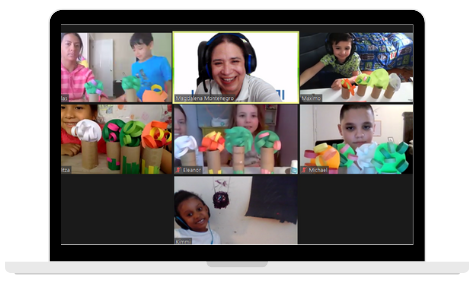
Loss Of Individualization And Student Engagement
In a traditional classroom setting, the teacher usually stands at the head of the class while delivering a lecture.
As a result, there is little room for interaction between the teacher and those sitting at the back of the classroom.
Even for those in front of the classroom, engagement is limited to students who actively participate in the conversation.
It is also hard for the teacher to pinpoint the specific needs of the individual and tends to focus on the larger group instead of the individual, which means many students don’t get the attention and help they need.
Physical and Mental Health Issues in a Traditional Classroom Structure
The traditional classroom requires students to sit close to each other, which increases the likelihood of the spread of germs, bacteria, and viruses.
In case one student gets sick, the health of the entire class is compromised.
Similarly, the proximity to their peers can result in many students getting bullied by others or experiencing low self-esteem due to comparisons with students who are doing better at them when it comes to acing the curriculum.
Mental health issues hidden in schools are affecting millions of children
Lack Of Experiential Learning
A common problem faced by students in a traditional classroom is a lack of experiential learning.
Often, they are spoon-fed the information, and the syllabus does not teach them much about the technological realities of the world or what skills they need to be employable once they begin their professional career.
With online learning, students tend to be more independent and are encouraged to learn, experiment, and explore on their own as well.
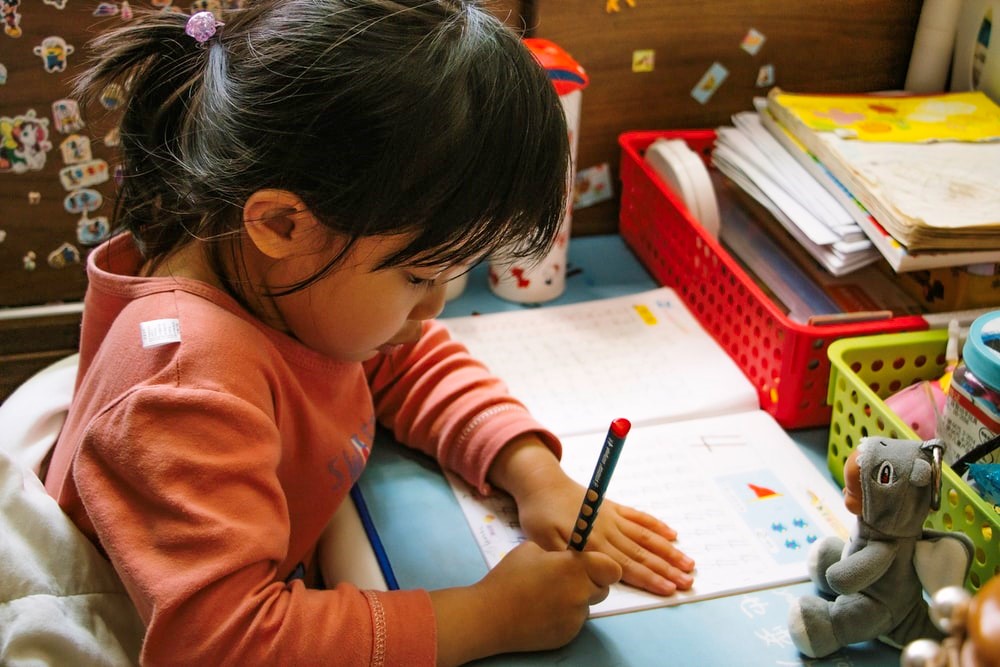
Insufficient Cultivation of Soft Skills
The structured nature of traditional classroom structure often overlooks the cultivation of soft skills such as communication, teamwork, and problem-solving.
These skills are crucial for success in virtually all areas of life, yet they are not given the emphasis they deserve in many school curriculums.
Ideal School: A Progressive Approach to Learning
Ideal School is a leading online bilingual school offering quality primary education in North and South America.
As a top-rated online primary school in the US, we offer both English and Spanish classes and virtual classes for kids, professional online language classes, and virtual learning classes for kindergarten.
For further information and queries, contact us today.
Frequently Asked Questions
Traditional classrooms often face challenges such as passive learning, lack of personalized education, inadequate preparation for the digital world, insufficient cultivation of soft skills, static knowledge dissemination, and a disconnect from community and global issues.
Passive learning can lead to student disengagement and a lack of critical thinking skills, as it typically involves listening and note-taking without active participation or practical application of knowledge.
Personalized education recognizes that each student has unique strengths, interests, and learning paces.
Tailoring education to individual needs can enhance engagement, understanding, and retention, leading to better educational outcomes.
Technology is integral to modern education. It facilitates access to a vast array of resources, supports interactive learning, and is essential for developing digital literacy skills that are crucial for success in higher education and the workforce.
Ideal School offers a dynamic online learning environment that emphasizes active participation, personalized learning paths, digital literacy, soft skills development, current and relevant content, and a connection to global issues.

